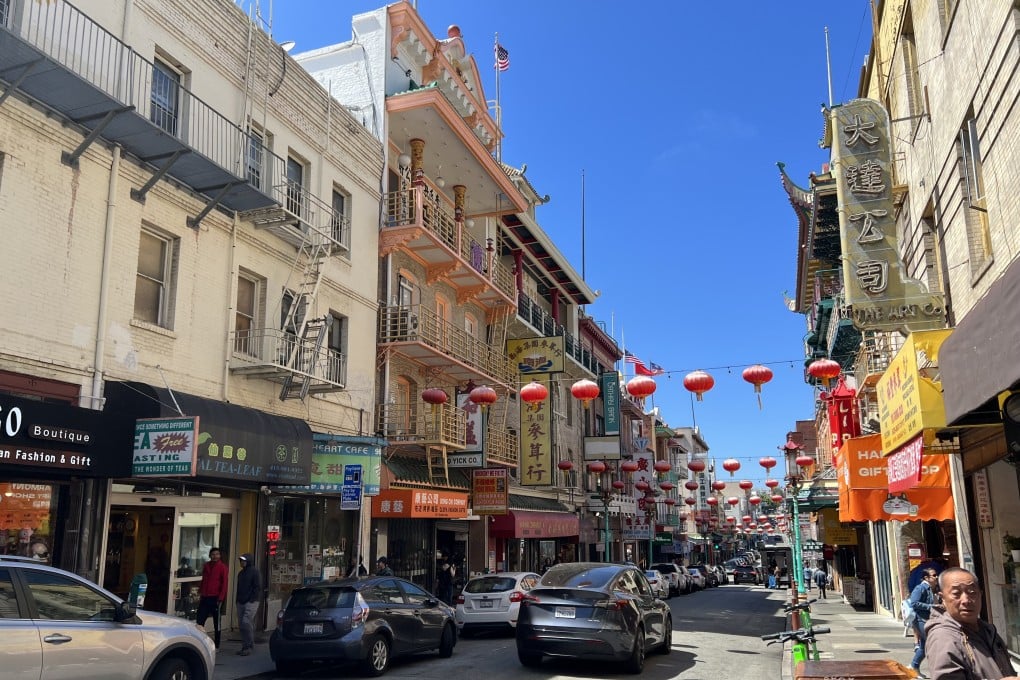US Chinatowns are shrinking, and while some want to fight, new ones are springing up
- Chinatowns in Oakland, along with other older districts across the US, are covered in graffiti, and businesses live in fear of robbery and anti-Asian sentiment
- Younger ethnic Chinese are seen to prefer to shop in the suburbs, which offer convenient parking, rather than urban Chinatowns

In San Francisco’s Chinatown, the oldest hub of Chinese-owned businesses in the United States, vacancy signs pockmark the district’s dining establishments, gift shops and herb stalls.
Merchants are trying to get out of both – along with older Chinatowns across much of the country.
Yet in the San Francisco Bay Area suburb of San Leandro, six Chinese-themed eateries and a tea bar operate in a single shopping centre at the heart of town.
One restaurant, Hong Kong Chef, opened just two months ago. Another, Buffet Fortuna, hands out business cards that show a scratched-out Oakland address next to the current San Leandro location, which is fast gaining a positive reputation.

Hong Kong Chef duty manager Ruby Bo-yi said the complex is safe for visitors at least until 9pm, adding that plenty of Chinese people come to eat.